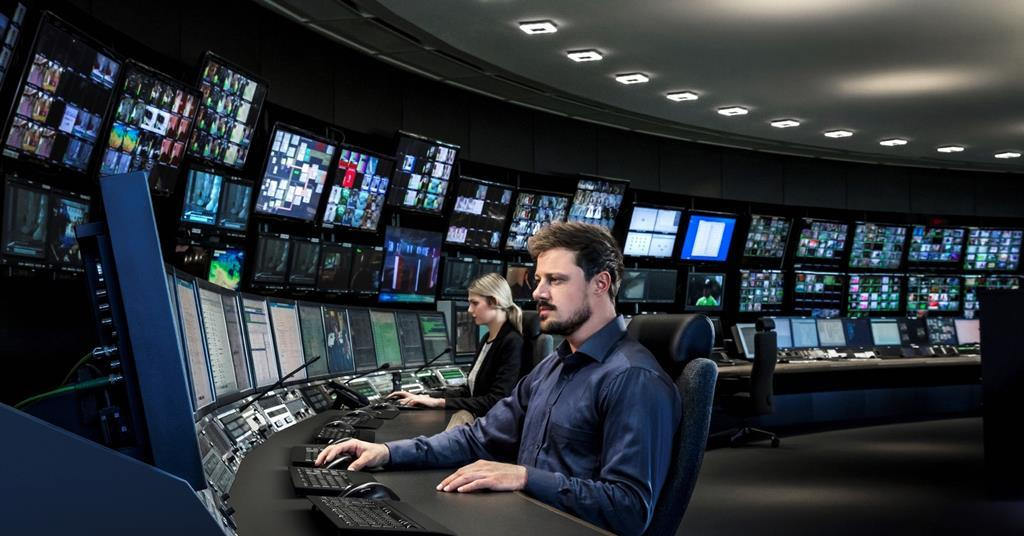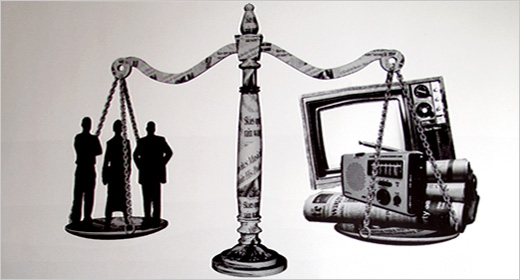Planning for Live Events (Sports, Concerts, Conferences)
Overview:
Effective planning is paramount for the successful execution of live events. This involves coordinating all elements needed to deliver a seamless broadcast experience.
Key Considerations:
Event Goals and Objectives:
Define the purpose of the broadcast (e.g., entertainment, promotion, information).
Identify the target audience and desired outcomes (brand awareness, viewership numbers).
Pre-Production Planning:
Site Visits: Conduct site visits to understand the layout, technical requirements, and potential challenges associated with the venue.
Timeline Creation: Develop a detailed production timeline that outlines critical milestones leading up to, during, and after the event.
Resource Allocation:
Identify required equipment (cameras, microphones, lighting, etc.) and ensure all necessary resources are available.
Prepare backup equipment to mitigate any potential technical failures.
2. Technical Considerations for Live Broadcasting
Equipment and Technology:
Cameras and Switching Gear:
Choose appropriate cameras (e.g., static, robotic, handheld) based on the event’s requirements.
Utilize a video switcher for seamless transitions between camera angles and sources during the live broadcast.
Audio Equipment:
Select high-quality microphones for capturing dialogue, performances, and ambient sound. Consider using lavalier mics for interviews to ensure audio clarity.
Employ audio mixers to balance audio levels from various sources.
Lighting Setup:
Plan the lighting design based on the venue layout and the nature of the event. Use spotlights and ambient lighting to enhance visibility without detracting from the event.
Transmission and Streaming Technology:
Ensure reliable internet connections for streaming. Utilize dedicated lines or mobile hotspots to avoid disruptions.
Choose a content delivery network (CDN) to efficiently distribute the live stream to a broader audience.
3. Managing Logistics and Personnel for Live Coverage
Logistical Planning:
Coordinate with Venues: Establish a clear line of communication with venue management regarding technical needs, restrictions, and scheduling.
Equipment Transport: Organize the transportation of equipment to and from the venue, ensuring that all gear arrives on time and in good condition.
Loading and Setup: Plan for adequate time to load equipment into the venue and set up before the event begins. Conduct equipment tests to verify functionality.
Personnel Management:
Assign Roles and Responsibilities: Clearly define roles for each team member (producers, camera operators, audio engineers) to ensure accountability and streamline workflow.
Rehearsal and Training: Conduct rehearsals to familiarize the team with the equipment and protocols, ensuring everyone understands their specific responsibilities for the live event.
Communication Systems: Implement reliable communication systems (e.g., radios, headsets) to facilitate real-time discussions among team members during the broadcast.
4. Crisis Management and Emergency Broadcasting
Crisis Planning:
Develop an Emergency Response Plan: Outline procedures for various potential crises (technical failures, adverse weather conditions, security issues) that could disrupt the broadcast.
Training and Drills: Conduct regular training sessions and simulations for staff on emergency protocols to ensure preparedness during an actual crisis.
Real-Time Crisis Management:
Monitoring Systems: Establish monitoring systems to identify issues as they arise (e.g., audio dropouts, video glitches) and to quickly address them.
Backup Plans: Create contingency plans for alternative coverage options (such as switching to recorded content or other venues) in case of equipment failure or other emergencies.
Communication in Crisis Situations:
Transparent Communication: Maintaining clear communication with your audience, either through social media or alternate broadcasting channels, to provide updates and reassure viewers during disruptions.
Post-Crisis Review: After the event, conduct a review of how the crisis was managed to identify areas for improvement and update the emergency response plan accordingly.






